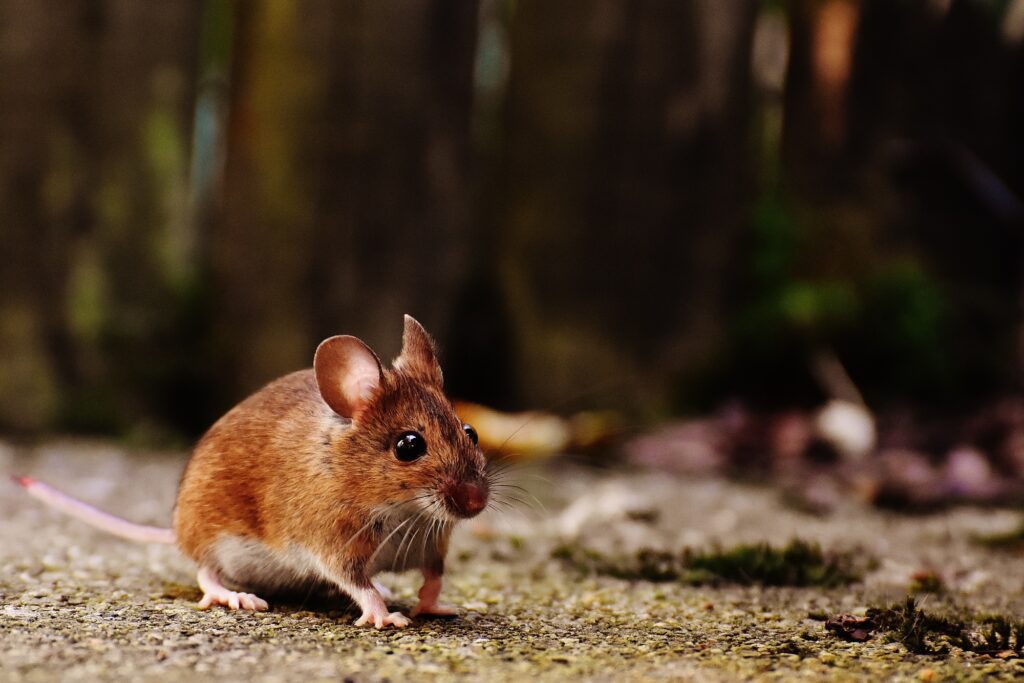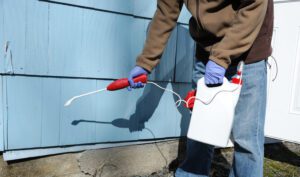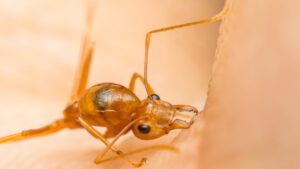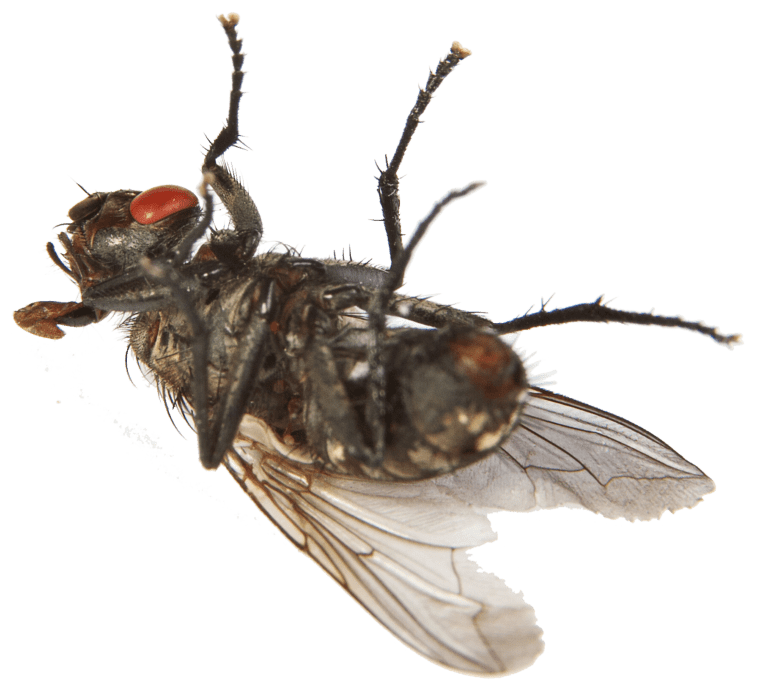A 2017 study found that over a third of U.S. homeowners encountered a rodent in their homes in the past year. The garage, kitchen, and the basement were the most common places for these “encounters”.
That’s not all. Every winter, the cold forces these creatures to invade some 21 million homes in the country.
All this means you likely share your home — and your food — with these pests! Worst, many rodent types carry and transfer diseases, such as leptospirosis and salmonellosis. They’re also the culprit behind the 728 cases of Hantavirus Infection in the U.S.
The good news is, you can get rid of these scampering threats to your home and loved ones. But first, know what they are and where they hide.
Here are eight of the most common types of rodents to watch out for!
Of Mice, Men, Rats, and Rodents
First, what are rodents?
Rodents, like us humans, are also mammals, and they make up 40% of the mammalian species. What sets them apart is the unceasing growth of their incisors — the two upper and the two lower front teeth. For that, mice and rats both classify as rodent species, but they’re not the same.
The main difference between mice and rats is their size. Mice are tiny, while rats are medium-sized, but both have long, thin tails. They also differ in appearance, which we’ll discuss more in the detailed list below.
1. Palm Rats
Palm rats, or roof rats, are one of the three most common rat species in Florida. They’re also known as black rats, house rats, or ship rats.
They got their name from their exceptional climbing ability (yes, of palm trees and roofs). Their incessantly-growing incisors can leave huge damages to sidings, walls, and electrical wires. But while they’re climbers, they often build their nest off the ground.
These rats eat almost anything, from insects to snails to meat. They prefer fresh fruits, vegetables, and grains though. They also need water to survive, with the adult rats consuming about two ounces every day.
House rats can be black, gray, or tan in color, although their bellies are white. Their tails are longer than the head and the body combined. Adults can weigh up to 11 ounces.
You likely have a palm rat problem if you see many half-inch-long, black droppings around the house. They hide in walls and attics, but they scatter these spindle-shaped droppings everywhere.
2. House Mice
House mice, being smaller than house rats, can grow to 5 ½ inches to 7 ½ inches long, including the tail. They’re often gray or brown with a white belly and have large black eyes. Like the house rat, they’re one of the world’s worst invasive species.
These rodents live in basements, attics, and near the furnace or boiler. They travel through the inside of the walls and the ceilings. To get quicker access to food, they can even live and hide near or behind your counters and cupboards.
They have black droppings smaller than house rats, about ¼ inch long.
3. Norway Rats
Norway rats are the largest commensal rodent pests in the country. They’re also called sewer rats and are usually brown-bodied with a white belly. The head and the body (excluding the tail) can be from 6 to 9 inches long.
Norway rats are burrowers, meaning they make their nests by burrowing under structures. In your home, that means secluded areas like the basement, and inside storage boxes and walls.
Their droppings are larger than the roof rat and look like capsules.
4. Wood Rats
Wood rats can grow up to seven inches long (without the tail), with black, gray, or brown bodies. At first glance, they may look like Norway rats, but they have softer, finer fur. Their tails are also furry rather than being scaly.
Like all rats and mice though, they also eat your food and defecate everywhere. They’re also known to steal small objects — the reason some call them “pack rats”.
5. Possums
The opossum, or possum, is more of a wildlife rodent pest than a commensal pest in Florida. They have white faces, dotted with a long nose and eyes that glow red when lights hit them.
Their facial features may give them a fierce appearance, but they often run away or “play dead” than fight. Those that do fight back bare their teeth and issue a hiss of warning.
They aren’t as dangerous as mice and rats, but they can carry parasites and transmit diseases too. They can also leave your backyard in a wreck.
6. Raccoons
Famous for their “masked” faces, raccoons aren’t at all cute and can actually be nuisance pests. They’re very territorial and likely to defend themselves by attacking. They have sharp teeth and claws, which they won’t hesitate to use if you approach them.
Their tiny hands are quick to pry and lift garbage cans, roofing tiles, and even holes in walls and sidings. Some of them even nest up and breed in homes.
7. Chipmunks
These tiny rodents, known for their black, gray, and white stripes, can be cute in the wildlife. But they can become pests when they begin munching through your garden plants. They can also damage your lawn by burrowing under the soil.
8. Squirrels
Squirrels much prefer wooded areas, but when driven out of their homes, they can nest up in people’s homes. They can get access into your home from your attic or basement and share your food with you. They chew on almost anything, including electrical wires that can start house fires.
Keep All These Rodent Types from Invading Your Home
All these rodent types can get in and wreak havoc into your home by entering through holes in your walls. So, preventing their invasion starts from closing up all possible entry points. Aside from damaged walls, be sure to seal gaps in sidings too.
Getting rid of leaf piles, stacks of woods, and mulch means reduces the rodents’ hiding places. But, you also need to remove exposed sources of food and water. This, plus well-sealed garbage bins and a clean house, makes your home less attractive to them.
But what if after all these, you still see droppings or the creatures themselves? Then you may already need professional pest control and removal services. In this case, please don’t hesitate to schedule an appointment with us so we can help you get rid of them, once and for all!






